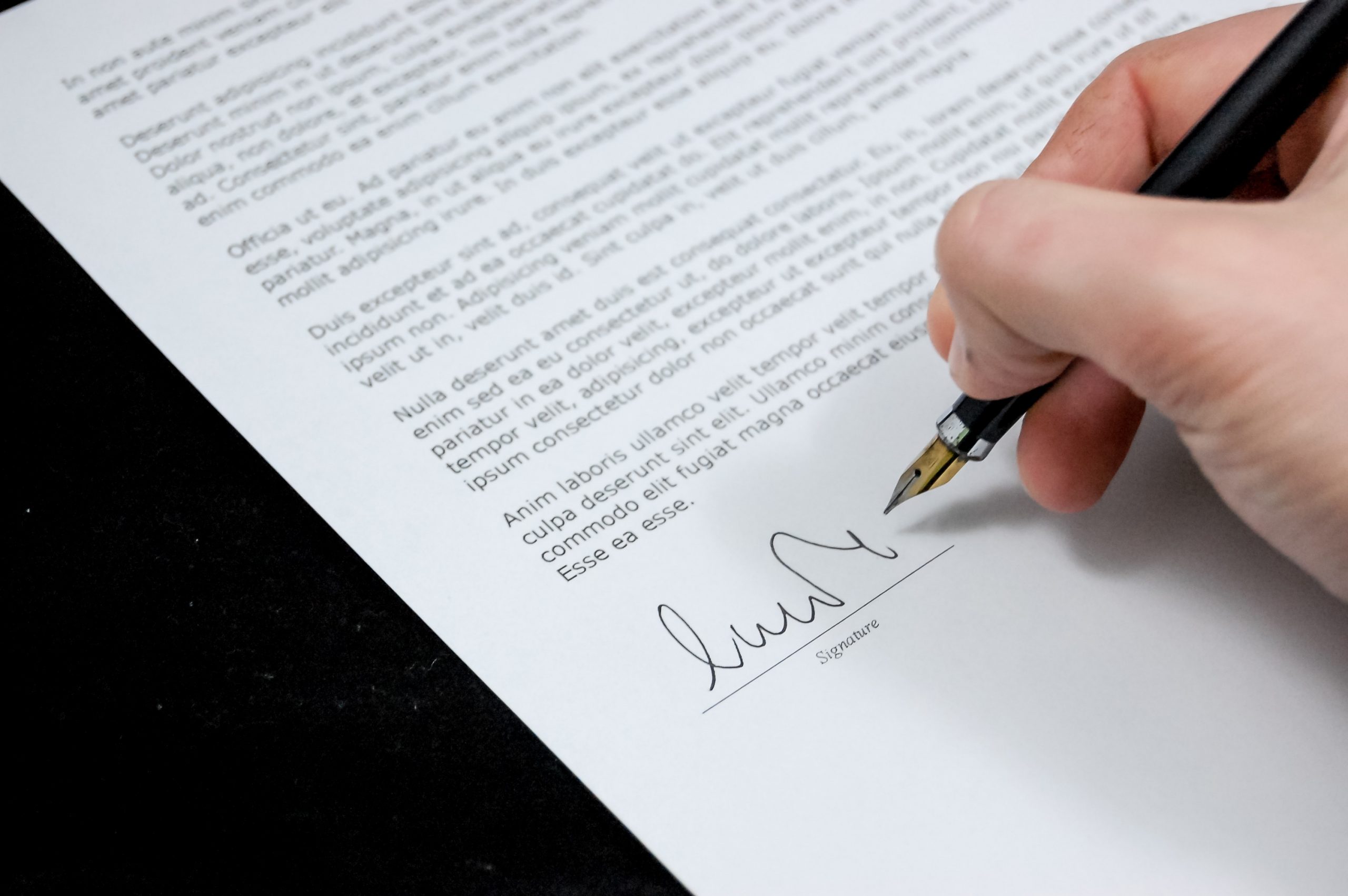Are you looking to draft a business contract but not sure where to start? Look no further! This article will provide you with the necessary guidance and reassurance to tackle the task with confidence. Whether you’re a seasoned professional or a first-time contract drafter, we’ve got you covered. From addressing common legal concerns to incorporating important information and creating emotional connections, this article is designed to help you navigate the process seamlessly. Plus, we’ll show you how to optimize your content for search engines so that you can reach even more potential clients. So, let’s get started and draft that business contract like a pro!
How to Draft a Business Contract
Welcome! In this article, we will guide you through the process of drafting a business contract. Whether you’re a business owner, consultant, or freelancer, understanding how to create a comprehensive and legally binding contract is essential for protecting your interests and ensuring a smooth working relationship. So, let’s get started!

1. Understand the Purpose of the Contract
Before you begin drafting a business contract, it is crucial to clearly understand its purpose. Start by identifying the parties involved in the agreement. This includes you and the other party (or parties) who will be entering into the contract.
Next, determine the objectives of the contract. Ask yourself what you hope to accomplish through this agreement. Are you hiring someone for a specific project? Are you purchasing goods or services from a vendor? By clearly defining the objectives, you can ensure that the contract addresses all necessary terms and conditions.
Consider the legal requirements for the specific type of contract you are creating. Different contracts may have different requirements, such as specific language or clauses that need to be included. Familiarize yourself with the legal framework surrounding your particular type of contract to ensure compliance.
2. Gather Information and Research
Once you have a clear understanding of the purpose of the contract, it’s time to gather relevant information and conduct thorough research. Collect all the details about the parties involved, including their legal names, addresses, and contact information. This information will be essential for accurately identifying each party throughout the contract.
Research the subject matter of the contract extensively. Whether it’s a service agreement, a lease agreement, or a sales agreement, having a deep understanding of the subject matter will help you draft a more precise and effective contract. Furthermore, review applicable laws and regulations that could impact your contract. This will ensure that your agreement complies with all legal requirements.
3. Define the Terms and Conditions
Now it’s time to define the terms and conditions of the contract. Start by clearly stating the intent of the parties. What are both parties agreeing to accomplish through this contract? This establishes a shared understanding and helps prevent any misinterpretations down the line.
Next, define the rights and responsibilities of each party. Be specific and detailed about what each party is agreeing to do. This includes obligations, tasks, deliverables, and any other responsibilities outlined in the contract. By clearly defining these roles, you can reduce the risk of misunderstandings and disputes.
Include any necessary limitations or restrictions that may apply. For example, if there are specific conditions under which one party’s payment obligations can be waived, or if there are restrictions on the use of intellectual property, clearly outline these terms in this section. Clarity and specificity are crucial to avoid potential conflicts.
4. Outline the Scope of the Contract
In this section, you will outline the scope of the contract. Specify the goods or services that are involved in the agreement. Provide a clear description of what is being exchanged between the parties.
Detail the timeline and milestones that need to be achieved. For instance, if you are hiring someone for a project, specify the project start and end dates, as well as any interim milestones. This ensures that both parties have a clear understanding of the timeline and can manage expectations accordingly.
If there are any specific deliverables or performance measures that need to be met, include them in this section. This could involve quality standards, quantity thresholds, or any other criteria you deem important. This way, everyone involved knows exactly what needs to be delivered.

5. Include Confidentiality and Non-Disclosure Clauses
Protecting sensitive information is vital in many business agreements. To safeguard confidential information, include confidentiality and non-disclosure clauses in your contract. Clearly state what information should be kept confidential and define the duration of this confidentiality obligation.
Establish consequences for breaching the agreement. These consequences may include financial penalties or other remedies available under the law. Clearly outlining the consequences helps deter parties from sharing confidential information inappropriately.
6. Determine the Payment Terms
In this section, set forth the payment terms of the contract. Specify the payment amount and schedule. Clearly state when and how payments will be made, whether it’s a lump sum, installments, or another arrangement.
Outline the accepted methods of payment. For example, you may accept cash, checks, wire transfers, or credit card payments. Including this information ensures that both parties are aware of the available payment options.
To prevent potential payment issues, include provisions for late payments or penalties. Specify the consequences of late payments, including any interest charges or additional fees that may apply. This helps incentivize timely payments and protect your interests.
7. Address Dispute Resolution
Even in the most carefully drafted contracts, disputes can arise. It’s important to address dispute resolution strategies in your contract. Choose a preferred method of resolving conflicts, such as negotiation or mediation. By clearly stating the preferred method, you give parties an opportunity to resolve disputes amicably.
Consider including a mediation or arbitration clause in your contract. These clauses provide alternative dispute resolution methods that can be faster and less costly than traditional litigation. Including these options can help parties resolve conflicts more efficiently.
Specify the jurisdiction for legal proceedings in case disputes cannot be resolved through negotiation, mediation, or arbitration. This ensures that both parties are aware of the applicable laws and courts that will have jurisdiction over any legal actions that may arise.
8. Include Termination and Renewal Clauses
To ensure that both parties have clarity regarding contract termination, include termination clauses in your agreement. Define the conditions under which the contract can be terminated. This could involve breaches of contract, failure to meet agreed-upon obligations, or other specific circumstances.
Specify the notice period required for terminating the contract. This notice period provides both parties with adequate time to prepare for the contract’s termination and helps avoid abrupt endings.
Address options for contract renewal or extension if applicable. Clearly state what needs to be done to renew or extend the contract beyond the initial term. Including this information makes it easier for parties to plan for the future and decide whether to continue the working relationship.

9. Review and Revise the Contract
Before finalizing the contract, review and revise it thoroughly. Proofread for errors or inconsistencies. Ensure that all terms and conditions are clearly expressed and understandable. Use plain language and avoid unnecessary legal jargon.
Consider seeking legal advice for complex contracts or contracts involving substantial amounts of money. A legal professional can review your contract and provide guidance to ensure that it meets all legal requirements and adequately protects your interests.
10. Sign and Execute the Contract
Once you are satisfied with the contract, it’s time to have all parties sign it. Ensure that everyone reads and understands the contract before signing. This confirms their agreement to all the terms and conditions outlined in the contract.
Maintain a copy of the signed contract for each party involved. This ensures that everyone has a record of the agreement and can easily refer back to it if needed.
Consider notarizing the contract for added validity. While notarization is not always required, it serves as an extra layer of security, demonstrating that the signatures on the contract are genuine.
Congratulations! You have now learned how to draft a comprehensive business contract. Remember, it’s essential to carefully consider each section and customize the contract to suit your specific needs. If you have any doubts or questions, don’t hesitate to seek legal advice. Best of luck in your future contract endeavors!